Hyundai's Kona has already had a well-documented facelift, with a considerable amount of sleek applied to its distinctive Citroen-esque visage. The updates weren't restricted to the sheet metal, of course, with some reworking of the range itself, some mechanical changes and updates and interior upgrades.
In typical Hyundai style, it's quite comprehensive. I reckon the Elite is the unsung hero of the range and yet I don't think anyone I know who has bought a Kona went for it.
With its solid spec, updated drivetrain and a few desirable additions over the fan-favourite Active, the Elite might just be worth those few extra bucks.
Hyundai Kona 2021: Elite (fwd)
| Engine Type | Inline 4, 2.0L |
|---|---|
| Fuel Type | Unleaded Petrol |
| Fuel Efficiency | 6.2L/100km (combined) |
| Seating | 5 |
| Price From | $25,190 - $31,130 |
| Safety Rating |
|
Does it represent good value for the price? What features does it come with?
At $31,600, the Elite does break through the psychological barrier that is $30,000 and it's a stout $3400 more than the cheaper stablemate Active, and $5000 more than the entry-level model. You get 17-inch alloys, an eight-speaker stereo, climate control, reversing camera, keyless entry and start, acoustic windscreen (to cut noise, it's not like a guitar), rear parking sensors, cruise control, sat nav, auto wipers, halogen headlights (really?), LED daytime running lights and a space-saver spare.

The extra money also buys you more safety features that are particularly useful around town.
The eight-speakers have posh Harmon Kardon badges on them, so that must be good. The speakers are powered by the awesome new 10.25-inch touchscreen with a truly excellent new layout and graphics set. It's extremely easy to use and also has Apple CarPlay and Android Auto. Curiously, CarPlay isn't wireless, despite the fact that you do get a Qi wireless-charging pad.
Is there anything interesting about its design?
While the new nose is less fussy and bluff, the Kona is still very recognisable as a Kona. It doesn't look like a whole new car, but it is reflective of how much has gone on. The trademark upside-down face of headlight-like daytime running lights and actually-the-headlights-are-down-where-the-DRLs-might-be remains, but it's more coherent and accomplished. Or less calculated to shock.

The cabin is largely the same as before, but here in the Elite there's the excellent new screen seen around the Hyundai range and a general lift in the materials. The cloth interior of the Active is replaced with leather look, which is Hyundai's way of saying fake leather, but it's perfectly fine. The same material is on the shifter and steering wheel.
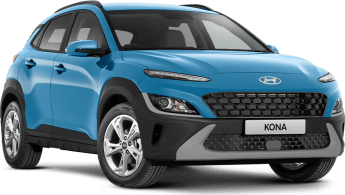
How practical is the space inside?
The Kona has never been the biggest cabin in the segment but nor is it the smallest. You'll notice this most if you start at the back of the car, with its 374-litre boot, comfortably eclipsed by Renault's new Captur, Peugeot's 2008, Honda's HR-V and a bunch more besides. It's still way bigger than a CX-3's, though. If you fold down the rear seats, you get 1156 litres, which is a small improvement on the old one for the seriously eagle-eyed.
On the upside, you get four cupholders and rear passengers get an armrest for them. Being based on the i30, it was perhaps predictable that the rear seats are a tad tight in all directions. I'm 180cm tall and behind my driving position it's not the most comfortable for long journeys. Kids will be fine, as long as there are only two; three might be a stretch and will definitely be a squeeze if you toss in child seats.
Smaller kids are looked after with two ISOFIX points and three top-tether anchor points.
What are the key stats for the engine and transmission?
The 2.0-litre naturally aspirated four-cylinder engine is familiar across the Hyundai-Kia firmament and in the Kona it has 110kW and 180Nm of torque. That means a 0-100km/h time of under 10 seconds, but it feels a little more brisk than that.
The big change for the 2021 Kona is the new CVT, or Continuously Variable Transmission. Generally speaking, I find these gearboxes utterly deplorable but in the Kona - as in its Kia Seltos twin - the engineers have conjured up eight gears to make it feel like a normal automatic transmission, or like the six-speed torque converter it replaces. The CVT is meant to reduce fuel usage, and it turns out that it probably does.

How much fuel does it consume?
Hyundai's official testing says the Kona will drink 6.2L/100km of standard unleaded, a figure I thought a little optimistic, except that Hyundai's figures tend to be the closest to reality. After a week of battling around the suburbs and a quick run down to Wollongong from Sydney, I got an indicated 6.7L/100km, which is not only damn close (as far as these figures go), but not bad for the segment.
Warranty & Safety Rating
What safety equipment is fitted? What safety rating?
The Kona Elite scores additional safety features over the Active, and that partially explains the extra outlay.
Standard across the range are six airbags, forward collision warning and lane-keep assist, lane-following assist, rear occupant alert and reversing camera.
The Elite picks up blind-spot warning, rear cross traffic alert and safe-exit warning.
The AEB recognises cars, pedestrians and cyclists at low and high speeds.
The Kona scored five ANCAP stars in 2017.
What does it cost to own? What warranty is offered?
All Hyundais have a five-year/unlimited-kilometre warranty and a lifetime capped-price-servicing plan.
You can also prepay your service, which, one imagines, saves some money, but you can also roll it into your finance package. A three-service plan costs $957, four for $1276 and five for $1595. You're expected back at the dealer every 12 months or 15,000km (5000 fewer kilometres than turbo-engined cars)
What's it like to drive around town?
I've always been a fan of the way the Kona drives, right from the Active long-term test car I had a few years ago. The Kona's suspension tune was tweaked by the company's local chassis nerds, who are as comfortable chucking a rally car down a slippery road as they are sorting out passenger vehicles.
You really want these sorts of people looking after this kind of thing because of their battle-hardened understanding of springs and damping. To give you an extreme example, when you see a rally car landing after a big jump, it's not a spine-compressing, teeth-crunching, jimmie-rustling experience, it's more akin to a gondola car arriving at the top of its cable.
While I wouldn't recommend a big jump in a Kona, my point is that these folks know how to deal with the piffling nonsense of potholes, speed humps and rubbish tarmac.

The thing that could have been the worst part of the new car turns out to be fine. The CVT gearbox reacts quickly to your right foot and makes the Kona acceptably snappy in the urban cut and thrust. You won't be taking on a Ford Puma, but it does things well, and with the quick steering and well-controlled suspension, you can wrangle the Kona in and out of car parks, gaps and narrow spaces. I really only noticed the trademark drone of the CVT in foot-flat driving, which didn't happen very often.
Its compact dimensions mean the Kona is easy to park, all the driver aids make it easier still and the car beeps at you when a cyclist or pedestrian would be endangered by your door being flung open as you juggle your phone, kids and pets.

Verdict
The Kona's SUV bearing delivers on what a lot of people want their car to look like, while making a very good effort at feeling like a hatchback, only higher. It's a good size, cheap to own and run and has all the safety gear and some impressive interior technology.
The Elite is the best of the 2.0-litre powered range, with a good mix of spec, price and safety.
Pricing Guides



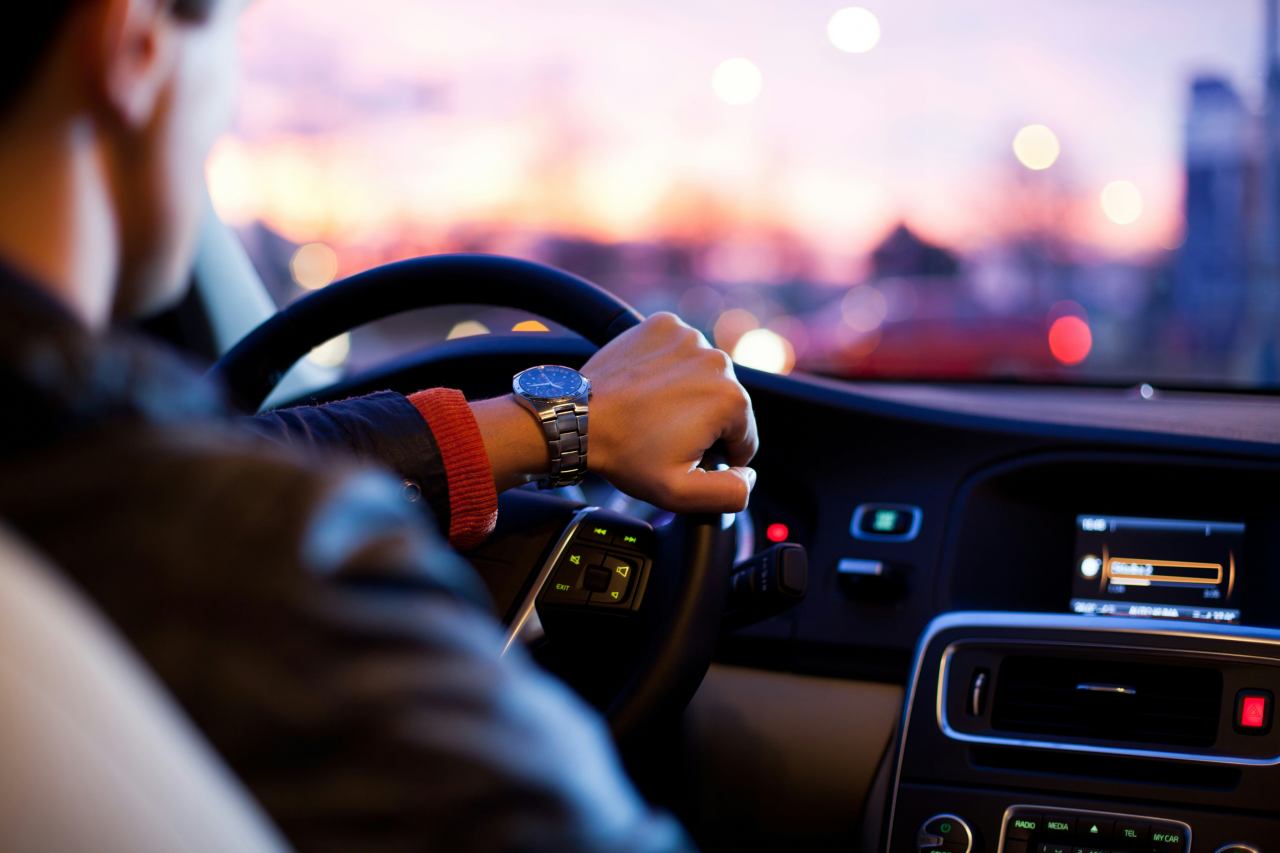










.jpg)

.jpg)

















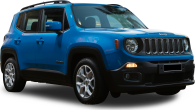









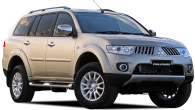




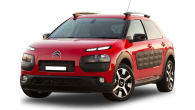




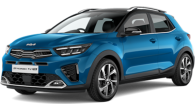


.jpg)


.jpg)

.jpg)

.jpg)




Comments